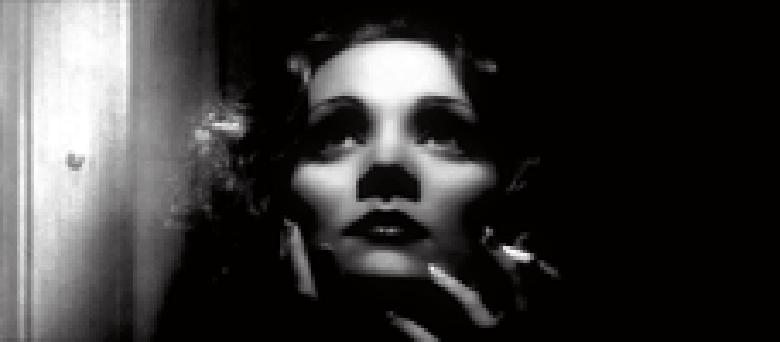Credits
Feature by: Cullen Gallagher, Matt Bailey, Leo Goldsmith, Evan Kindley, Jenny Jediny, and Brynn White
Posted on: 17 August 2010
An actor is turned on and off like a spigot, and like the spigot, is not the source of the liquid that flows through him.
—Josef von Sternberg from his autobiography, Fun in a Chinese Laundry
Tinged with controversy from the start, the collaboration between director Josef von Sternberg and actress Marlene Dietrich remains the stuff of cinematic legend. Plucked from Berlin’s cabaret scene, Dietrich rose to stardom and the status of an international sex symbol while working under the director, and yet criticism of Dietrich nearly parallels that which is reserved for von Sternberg. Both von Sternberg’s cutting words quoted above and that of many film critics argue that Dietrich is merely a vessel for the director, the oft-whispered Trilby to his Svengali. The myth has it that Dietrich’s essence is a carefully orchestrated façade that began with von Sternberg’s instructions to the star on her physique and escalated with a combination of lighting, camera angles, and implicit instructions on how and when Marlene should walk, slink, dance, stalk, talk, and not talk on screen.
There is little doubt that von Sternberg’s harnessing of his star’s indelible appeal had a lasting affect on Dietrich’s persona, but the Pygmalion relationship didn’t necessarily leave the teacher with the upper hand. As the director himself noted, the attraction of Dietrich lay not only in her beauty, but also in her “cold disdain,” and in the films they made together this insouciance becomes her only weapon in the face of the many masculine forces that would dominate her. Again and again, von Sternberg’s films situate Dietrich in baroque fables of a gender struggle in which the woman must subvert the politics and posturing of a man’s world in order to survive. And this subversion seems to extends to the films themselves—as Andrew Sarris has argued, “the art of von Sternberg is too often subordinated to the mystique of Marlene Dietrich.”
After all, it seems that von Sternberg ultimately needed his muse more urgently than she could ever need him. The cycle of seven films directed by von Sternberg between 1930-35 froze Dietrich in the public eye, and while she survived a bout of labeling as “box office poison,” the director himself would never recover in the same manner. With his notoriously thorny demeanor and divisive professional reputation – and absent the muse he had so long been searching for – von Sternberg spent much of the 1940s and 50s on a number of B-movies and abortive projects, while Dietrich’s star rose still further, aided by her own mastery of her own image—and of the professional crafts of lighting, makeup, and wardrobe.
And yet, even if the constant lustre of Dietrich’s star threatens to occlude the more diurnal auteurist reputation of von Sternberg, it is really their extended collaboration, rather than their individual efforts, that have made their mark on cinema. Over the next week we’ll be reviewing the seven films directed by von Sternberg starring Marlene Dietrich in conjunction with our monthly series at 92YTribeca. NCDC will present a double feature of Dishonored and Shanghai Express at 92YTribeca on Saturday, August 21 beginning at 7:00 pm.
By Cullen Gallagher, Matt Bailey, Leo Goldsmith, Evan Kindley, Jenny Jediny, and Brynn White ©2010 NotComing.com
Reviews
-
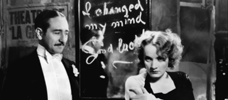
Morocco
1930 -
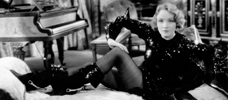
Dishonored
1931 -
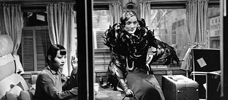
Shanghai Express
1932 -
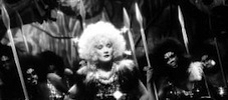
Blonde Venus
1932 -
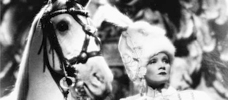
The Scarlet Empress
1934 -
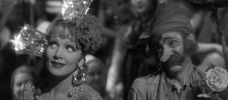
The Devil is a Woman
1935
We don’t do comments anymore, but you may contact us here or find us on Twitter or Facebook.



